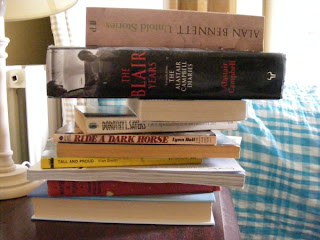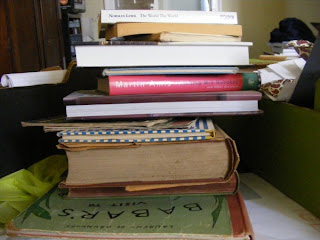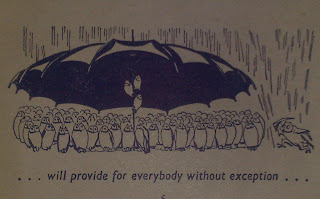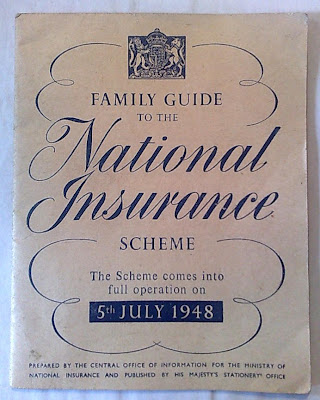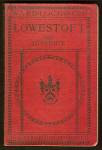
This heading covers quite a wide area and, on reflection, those books that could be considered 'of local interest' fall into a number of categories. Off the top of my head I can think of:
- Books by local authors, not necessarily on any local matter, but collected because of the authors connection with the area.
- Travel guides describing aspects of the local area as a tourist destination.
- Tourist souvenirs, usually packed with beautiful colour photographs of the area, taken on sunny days with smiling sheep (countryside) or with yellow lines air-brushed out (towns).
- Early accounts (pre 20th Century) of the local area.
- Local ephemera - local newspapers, parish magazines, event programmes, local authority publications, etc.
- Illustrated (mainly 20th Century and later) and usually photographic accounts of the local area 'in days gone by'.
- Memoirs/reminiscences/diaries of local characters/dignitaries.
- Scholarly modern histories of aspects of the history and development of the area.
I'll expand on these in the same order but I think I need first to establish that
my local area is centred on
Lowestoft, which is in North-east Suffolk close to the border with South-east Norfolk.
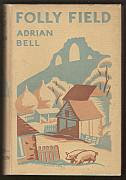
There is bound to be some cross-over between some of the above categories. The writer Adrian Bell, for example, could be included in at least two. His work is read as a literary author on country matters but much of his writing is about Suffolk, where he lived and worked for many years, and so the incidents related tell of our social history. George Borrow and H. Rider Haggard both lived in the area but I don't think either could be said to be generally collected because of their local connections, except in this area.
Travel Guides and tourist souvenirs can also overlap but the guides are probably of more interest to the general collector of local books. Those that appear regularly, such as the Ward Lock Red Guides, which first appeared in that format in the 1890's, form an account of the development of the area in their own right.
Early accounts are interesting but can be quite expensive. Because of high production costs and the limited nature of their appeal many were published by subscription and so are relatively few in number. Edmund
Gillingwater's 'An Historical Account of the Ancient Town of
Lowestoft.....' published in 1793 is one such but one has to be wary of the accuracy of some of the content.
Gillingwater lived in Norwich and (it is understood) one of his researchers for material was his brother, a barber living in
Lowestoft, who heard many stories of local interest whilst plying his trade and which were passed on to his brother!
I'll come back to ephemera. Local historians are lucky to have visual records of many aspects of their area from the mid 19
th Century onwards. The collections of some early local and travelling photographers have been preserved and form the basis of modern publications providing pictorial records of local areas. Memoirs, reminiscences and diaries form another useful source of local history, the last being the most reliable. Memoirs and reminiscences are, by definition, written in later life and facts can be distorted over time.
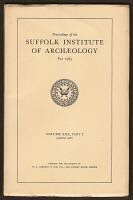
Modern histories range from large published books to papers privately circulated amongst members of an
archaeological or local history society, on periods from the
earliest times to the present, but they are nearly always the product of specialists in particular aspects of local history. You are likely to note printed acknowledgements to university research departments, local libraries and county record offices but those bodies are equally likely to refer to the authors on other occasions for their specialised knowledge.
Coming back to ephemera, most useful collections will usually, because of the volume and indexing involved, be found in libraries and record offices but ephemera forms a very useful source for the local historian. Many relatively insignificant events go unrecorded in any permanent way but ephemera relating to it can provide information and help put facts and events into context.
Finally, a plea. In this digital and ephemeral age it is essential to ensure continuity of source material for future generations of writers about local history. One picks up talk of 'downsizing' and '
de-cluttering' by those in later life and if younger family members have no interest in your history please don't just shred old records and mementos. Remember your local library or record office and offer the material to them. If they are not interested think of your local bookseller!

